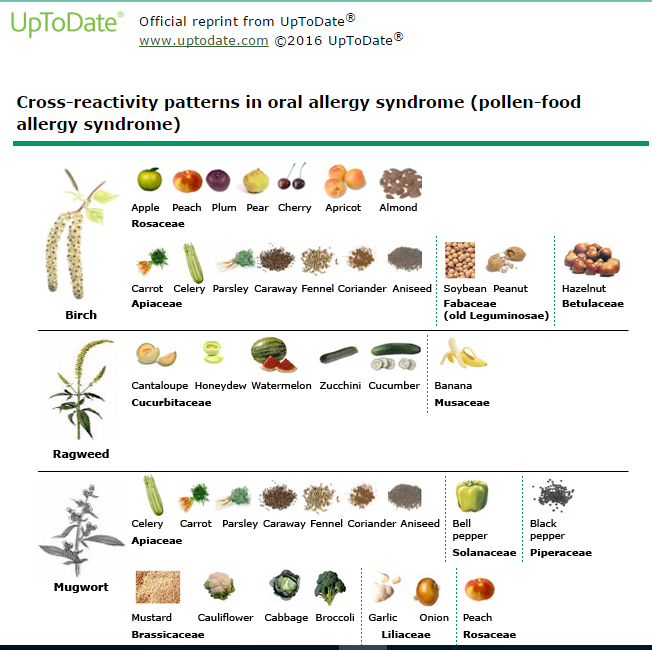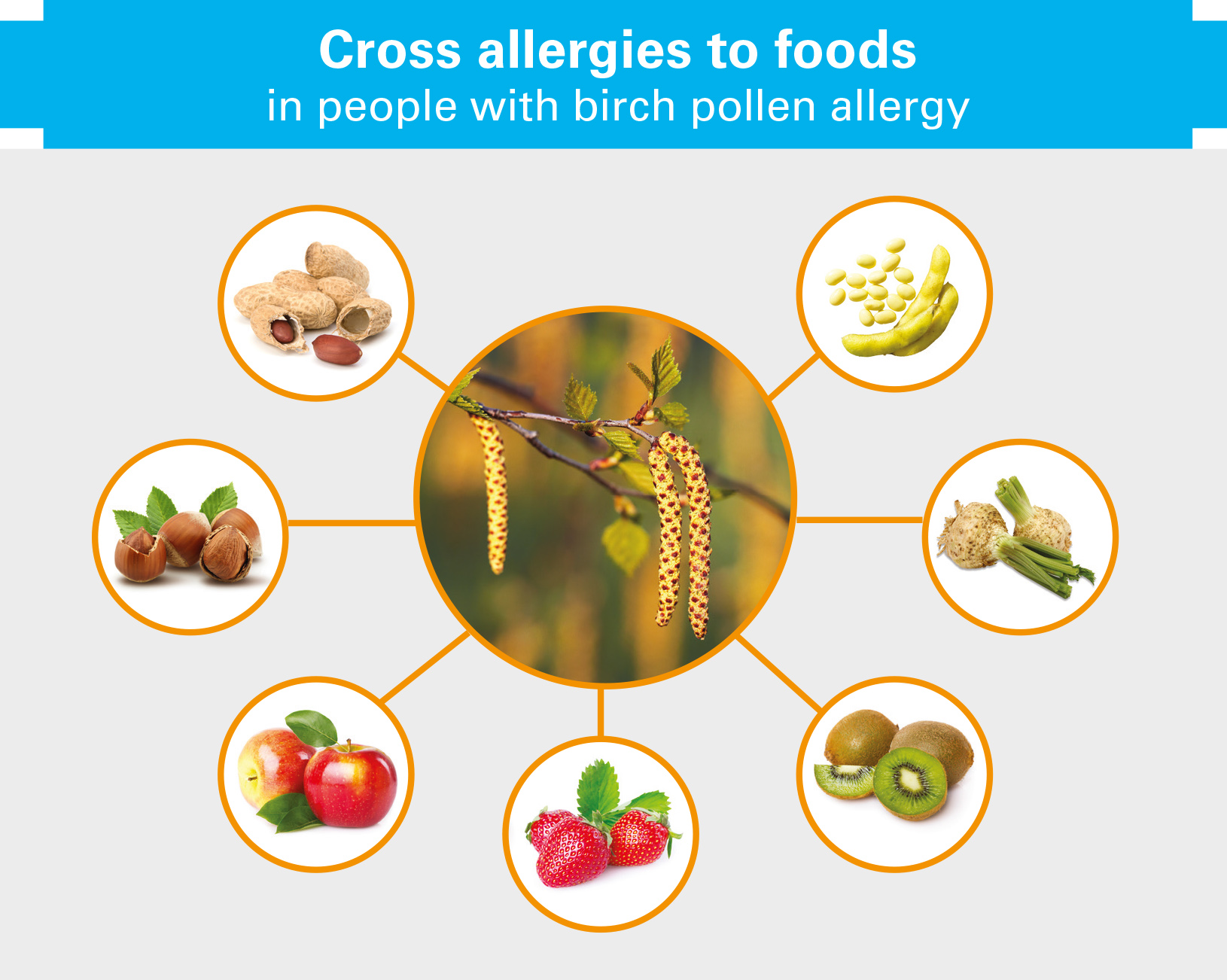
Corticosteroid nasal sprays reduce inflammation.


There are different types of medicine that can help relieve symptoms of hay fever: Your doctor or pharmacist may recommend a medicine to relieve your symptoms. It’s important to remember that while these treatments are effective, they help with symptoms only and do not cure the allergy itself. There are many other treatments available to relieve symptoms of allergic rhinitis and thunderstorm asthma associated with pollen. It takes a long time to work and needs to be prescribed by an allergy specialist. This is when you are exposed to small but increasing doses of allergens over a long period of time to help stop your allergic reaction. The only treatment available to treat grass allergy is immunotherapy treatment. Your doctor might also order an allergy test to check what is causing your symptoms and may refer you to a specialist allergy doctor. Your doctor will ask you about your symptoms and try to identify potential triggers. If you don’t have asthma, but experience wheezing in the spring and summer months, you should also see your doctor.įIND A HEALTH SERVICE - The Service Finder can help you find doctors, pharmacies, hospitals and other health services.ĪSK YOUR DOCTOR - Preparing for an appointment? Use the Question Builder for general tips on what to ask your GP or specialist. People who have a history of asthma and have symptoms of hay fever or thunderstorm asthma should see their doctor to review their asthma management plan. If you have moderate or severe symptoms that interfere with your daily life, you should see your doctor to discuss treatment. Symptoms of grass allergy can affect your general health and quality of life. You may experience asthma symptoms such as cough, chest tightness or wheeze.ĬHECK YOUR SYMPTOMS - Use the Symptom Checker and find out if you need to seek medical help. Thunderstorm asthma refers to asthma triggered by pollen. Grass allergy can cause hay fever and thunderstorm asthma. To find out when you might be at risk from certain types of pollen, check the ASCIA pollen calendar. It can be hard to avoid exposure to pollen, and some pollen seasons can last for months. There is also more pollen on Australia’s south coast than the east coast. There is more grass pollen in inland areas. Some grasses and weeds flower all year round. In southern Australia, it’s generally October, November and December. In northern coastal areas, that’s generally January, February and March. You are more likely to experience symptoms of grass allergy during the time of year when grasses are producing pollen. Allergic rhinitis (hay fever) and thunderstorm asthma are 2 conditions caused by pollen exposure.Īustralian native grasses are less likely to cause allergies than those introduced from overseas, exotic or lawn-variety grasses. Grass pollen spreads when blown by the wind. Grass allergy occurs when a person experiences symptoms after being exposed to pollen from grasses (as well as trees, plants and some weeds).

Allergic rhinitis caused by grass allergy can cause itchy eyes and throat, a runny nose and sneezing.Grass allergy is when a person experiences symptoms of allergic rhinitis (hay fever) or thunderstorm asthma after exposure to grass pollen.

This is a list of possible food and plant relationships. A person allergic to a plant may be allergic to related foods.


 0 kommentar(er)
0 kommentar(er)
